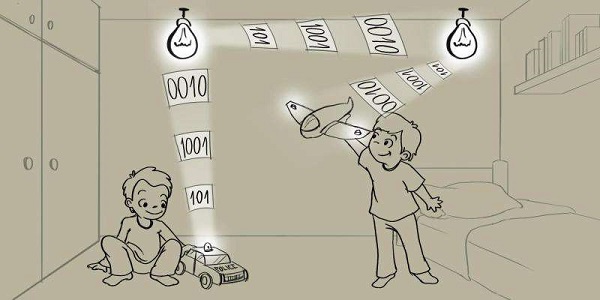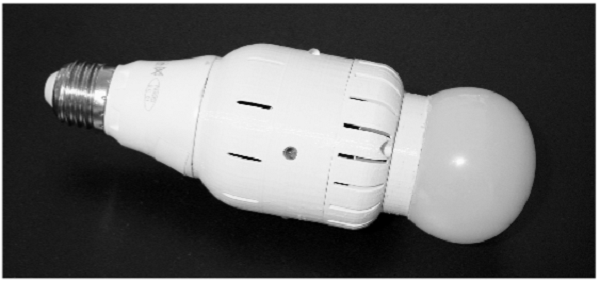Researchers from ETH Zurich and Disney Research have demonstrated that light can serve as a medium for light bulbs to communicate with one another, objects, and the Internet.

Specifically, the team was able to prove that it is possible for LED lights to not just communicate with one another, but do so in such a way that makes it compatible with the Internet and its technical protocols.
Per Stefan Mangold, head of Disney Research’s wireless research group, the advances the team made could give Visible Light Communication (VLC) a more prominent role in the growing industry that is the Internet of Things (IoT).
“Communication with light enables a true Internet of Things as consumer devices that are equipped with LEDs but not radio links could be transformed into interactive communication nodes,” Mangold explains. “We're not just talking about sensors, smartphones and appliances. This easily could include toys that have LEDs, creating an Internet of Toys in which toys can be accessed, monitored and acted on remotely.”
The VLC network the team was able to create incorporated off-the-shelf commercial LED bulbs that were modified to allow for the sending and receiving of visible light signals; mods included a System-on-a-Chip running Linux, a VLC controller module with protocol software, and an additional power supply (for the added electronics).
 The VLC-enabled LED the team put together.
The VLC-enabled LED the team put together.
The software the researchers created makes the signals transmitted through the hardware compatible with Internet protocols. This capability makes it possible to create networks with a throughput of up to 1 kilobit per second, thereby allowing these VLC-enabled bulbs to illuminate a room while also serving as broadcast beacons that can communicate with other objects in a room.
“The ubiquitous presence of LED-based light bulbs that can be enhanced with VLC functionality, and the availability of LED-equipped devices, unleashes a wide range of opportunities and applications,” Mangold said.
For more information, check out the team’s published report, entitled “Linux Light Bulbs- Enabling Internet Protocol Connectivity for Light Bulb Networks-Paper”.
Via Disney Research
Advertisement
Learn more about Electronic Products Magazine





